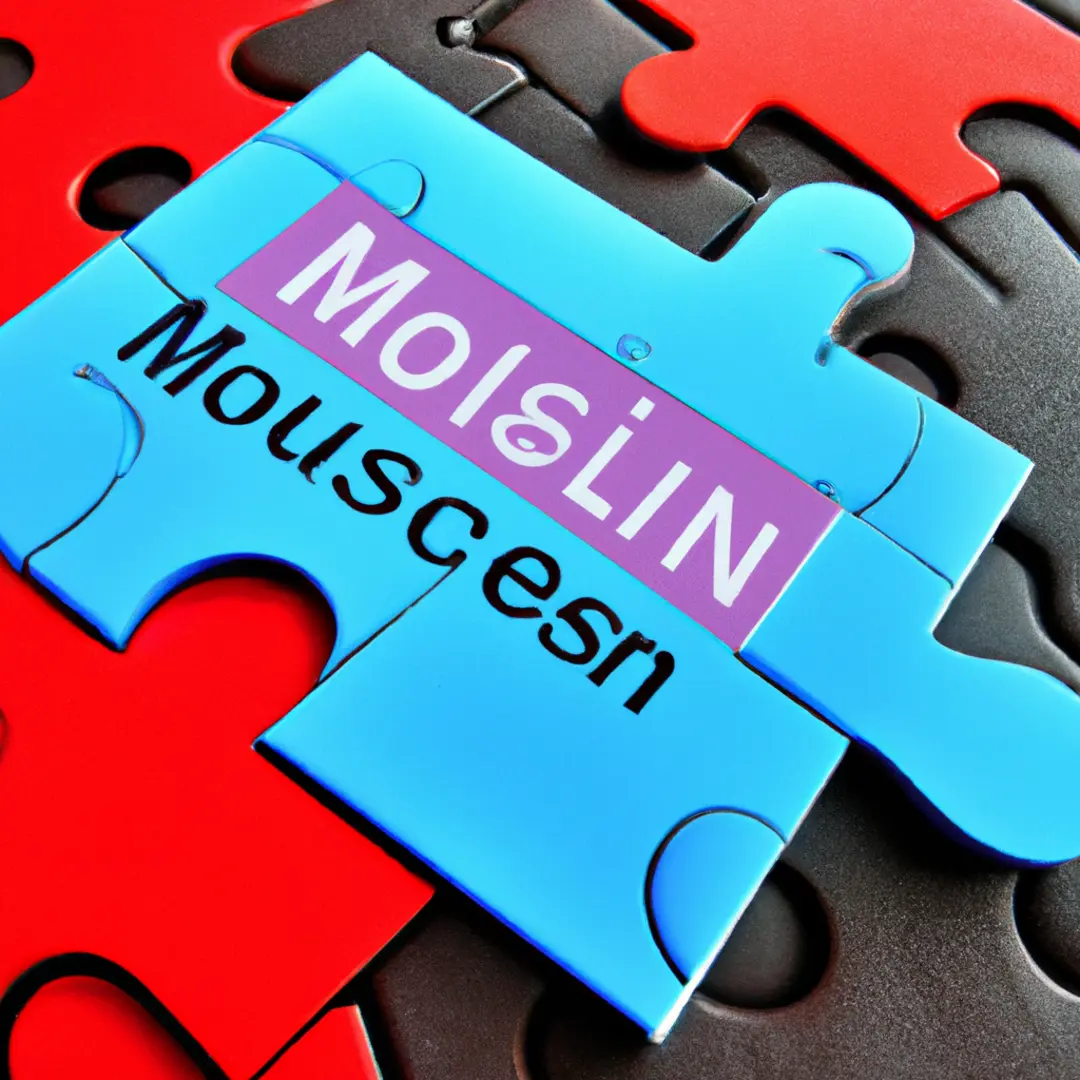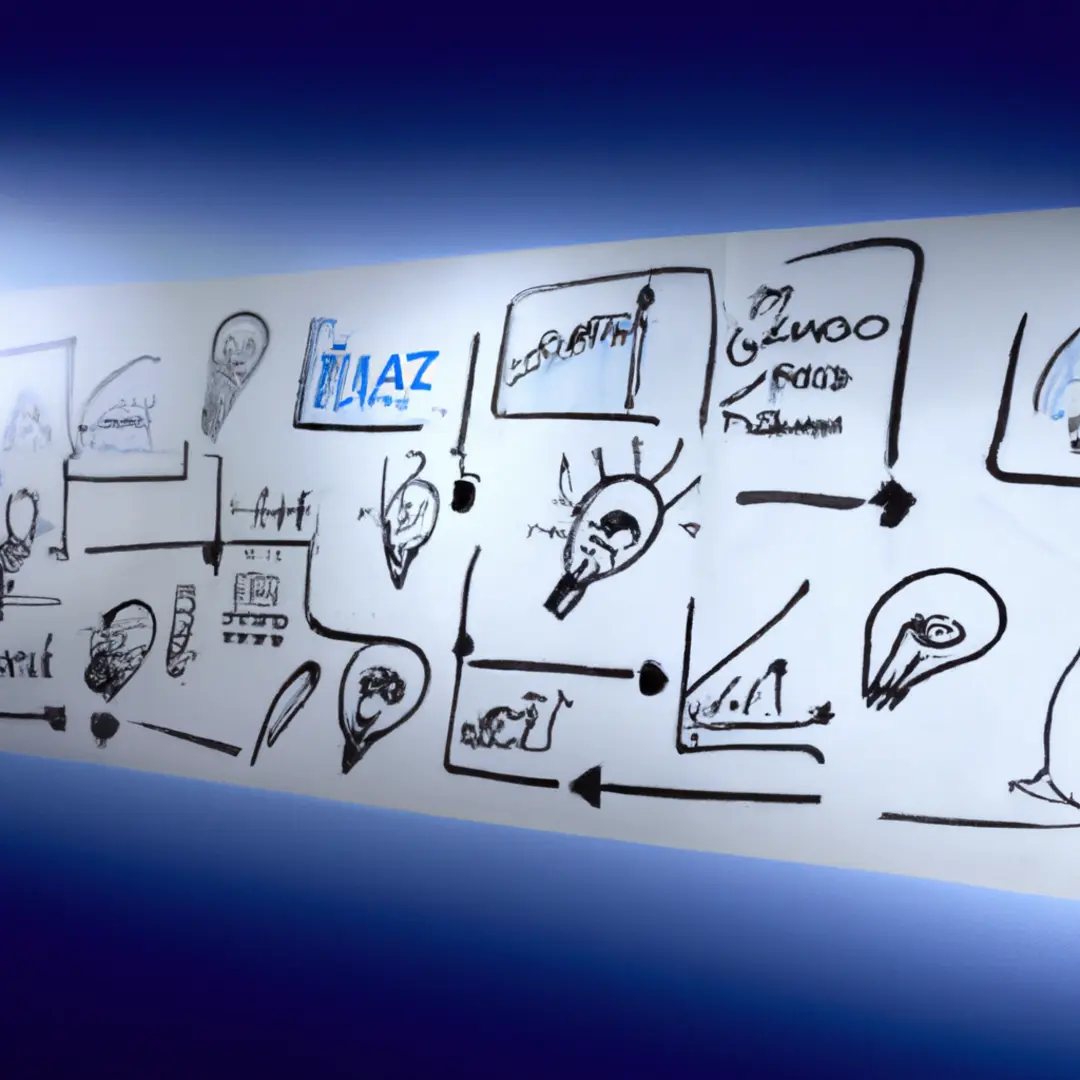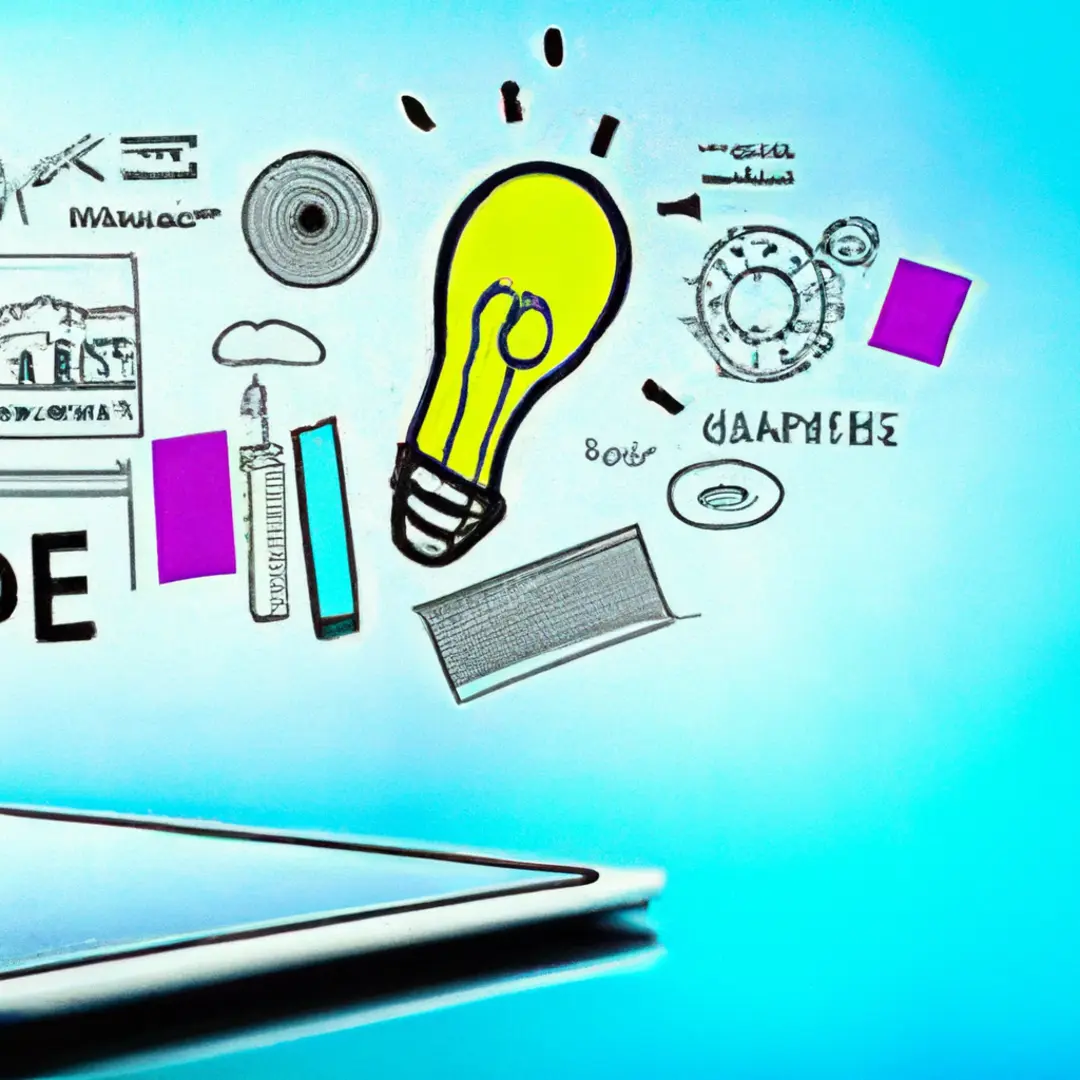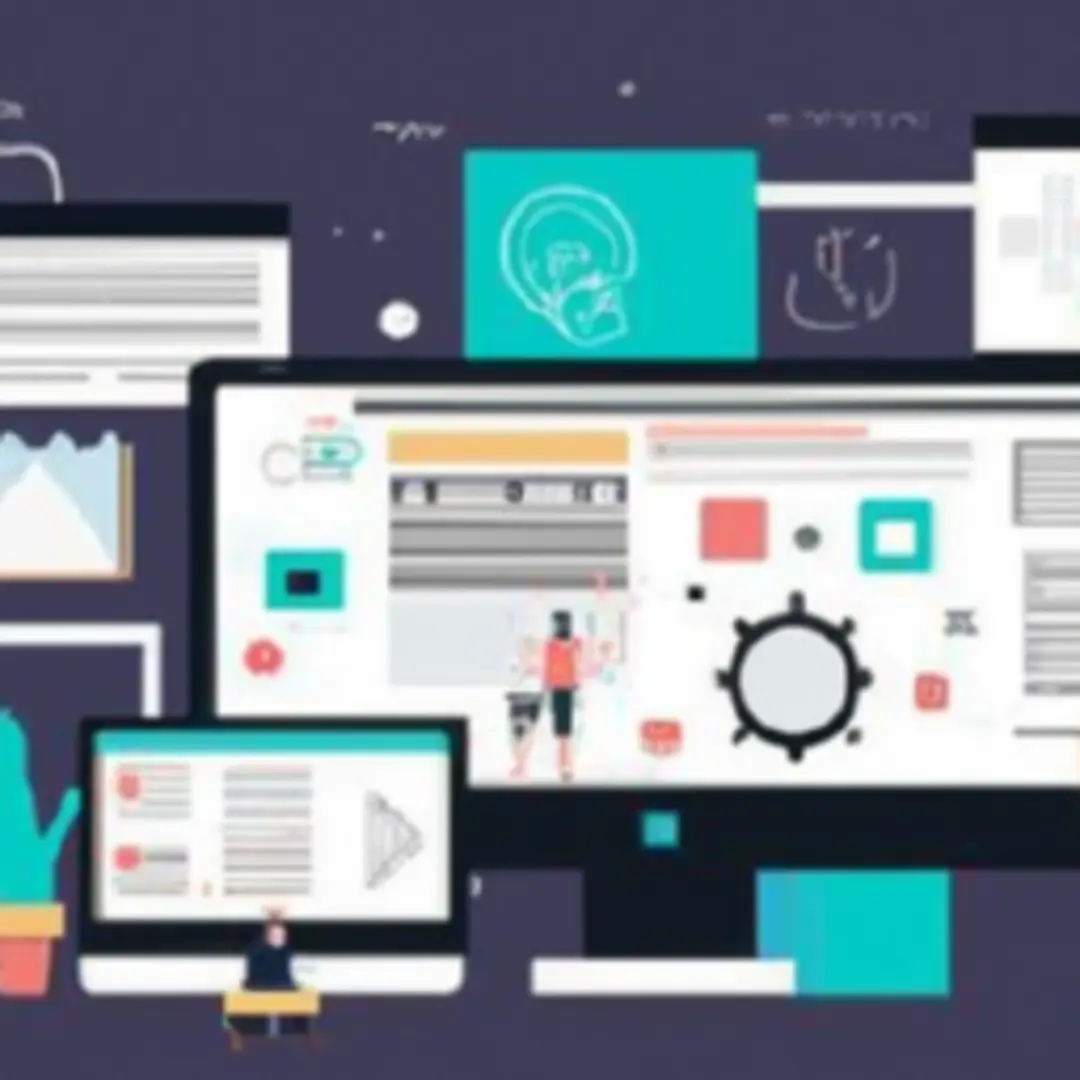Table of contents
- Understanding the Business Model Concept
- Common Business Model Types for Startups
- Pioneering the Lean Startup Approach
- Technology-Driven Business Models
- The Sharing Economy and On-Demand Business Models
- Digital Platform Business Models
- Product and Service Innovation Business Models
- The Ecosystem and Community-Based Models
- Traditional Business Models Adapted for Startups
- Selecting the Right Revenue Models
- Visual Tools for Business Model Development
- Sustainability and Social Entrepreneurship in Business Models
- Exploring Real-World Business Model Examples
- Designing Your Business Model
- Overcoming Challenges and Expanding Your Business Model
- Emerging Trends in Business Models for Startups
- Conclusion: Crafting a Successful Business Model for Your Startup
Understanding the Business Model Concept

A business model serves as a company’s blueprint for success. It reveals how companies generate, deliver, and capture value. Startups, especially, need an effective business model for long-lasting success.
What Business Model types Mean for Startups
Business models offer startups a guide for revenue generation and profitable operations. It assists in outlining value propositions, discovering potential customers, and distinguishing the startup from market competition.
Creating a Business Model: From Thought to Actuality
Building a business model involves market research, identifying customer needs, creating a value proposition, and testing hypotheses. This iterative method allows startups to hone their business models and increase their chances of success.
Major Components of a Business Model
- Value Proposition: The remarkable benefits a startup gives to its customers.
- Customer Segments: The target audience the startup is designed to help.
- Channels: The ways in which the startup reaches its customers and delivers its offerings.
- Customer Relationships: Different ways the startup interacts with its customers.
- Revenue Streams: How the startup achieves income from its offerings.
- Key Resources and Activities: The crucial resources and actions required to deliver the value proposition.
- Partnerships and Key Stakeholders: Collaborative relationships with others that contribute to the startup’s success.
- Cost Structure: The expenses involved in running the startup and delivering the value proposition.
Common Business Model Types for Startups

Leveraging the Lean Canvas Model
The Lean Canvas model simplifies the Business Model Canvas and emphasizes key elements for startups. It helps entrepreneurs uncover their problem-solution fit, target market, unique value proposition, channels, revenue streams, and cost structure.
Adopting the Subscription Business Model
This business model continually offers products or services, providing customers with convenience and startups with predictable revenue streams. Examples include subscription boxes, software-as-a-service platforms, and streaming services.
Applying the E-commerce Business Model
The e-commerce business model focuses on online sales of products or services. It ranges from conventional online retail stores to marketplace platforms like Amazon and eBay.
Employing Freemium and Premium Pricing Models
The freemium model offers free basic services but charges for premium features or additional content. This model allows startups to attract users while generating revenue from paying customers.
Pioneering the Lean Startup Approach

Lean Startup Model and Customer Validation
The lean startup model encourages quick experimentation and growth from customer feedback. This strategy emphasizes the importance of validating assumptions and iterating the product or service in response to customer needs.
MVP Model: Unveiling a Minimum Viable Product Strategy
A minimum viable product (MVP) is a basic version of a product or service that lets startups test market demand and collect user feedback. This approach can reduce development costs and speed up market entry.
Utilizing Leanstack Canvas and Iterative Development
The Leanstack Canvas is a visual tool designed to help startups plot their business model and keep track of key metrics. This strategy promotes iterative development and continuous improvement based on real-time data and customer feedback.
Technology-Driven Business Models

Software as a Service (SaaS) Business Model
The SaaS model supplies software applications online based on a subscription model. This model removes the need for customers to install software on their servers, providing flexibility and cost savings.
Mobile App Business Model
This business model creates and monetizes mobile apps. Startups can generate revenue through in-app purchases, advertising, or a blend of both methods.
Internet of Things (IoT) Business Model
The IoT business model connects physical devices to the internet for data collection and automation. Startups can offer IoT-based products or services and create value by exploiting the data derived from connected devices.
Artificial Intelligence and Machine Learning Business Models
These business models exploit data and algorithms to offer intelligent insights or automate tasks. Startups in this niche can supply AI-powered solutions across varied industries like healthcare, finance, and marketing.
The Sharing Economy and On-Demand Business Models

Understanding the Business Model Uber and the Gig Economy
Uber’s business model revolutionized the transport industry by linking drivers and riders via a mobile app. The gig economy model lets individuals make money from underused assets like cars and homes.
On-Demand Services & The Instant Gratification Market
On-demand services provide customers with products or services instantly. Startups in this niche can offer food delivery, grocery delivery, home services, etc.
Peer-to-Peer Business Models
Peer-to-peer (P2P) business models enable direct transactions between individuals without intermediaries. Example, Airbnb, allows individuals seeking accommodations to connect with hosts offering their properties
Digital Platform Business Models

Business Model Amazon: Dominating the Marketplace
Amazon’s business model revolves around being an e-commerce platform connecting buyers and sellers. It offers a vast range of products and services and uses customer data to provide personalized recommendations.
Business Model Facebook and Social Networking Platforms
Facebook and other social networks earn revenue through advertising and data exploitation. These platforms connect individuals and facilitate social interactions.
The Aggregator Business Model
Aggregator models compile information or services from multiple sources and provide a centralized platform for users. Examples include news aggregators and price comparison websites.
Product and Service Innovation Business Models

Subscription Box Services
Subscription box services offer curated products or experiences repeatedly. Startups can focus on niches like beauty, food, or hobbies, providing customers with a convenient and personalized experience.
Offering Bespoke and Personalized Services
Startups can distinguish themselves by providing tailored products or services. By adjusting offerings to individual customer needs, startups can create a unique value proposition and build customer loyalty.
Value Proposition Innovation: BMC Value Proposition
The “Business Model Canvas value proposition” explains how a startup’s offerings address customer needs and deliver value. Startups can innovate their BMC value proposition to distinguish themselves and create a competitive edge.
The Ecosystem and Community-Based Models

Business Model Platform and Network Effects
Platform-based business models benefit from network effects. As more users or participants join, the value of the platform increases. Startups can leverage network effects to attract users, partners, and stakeholders, thus creating a sustainable ecosystem.
Building a Startup Community as a Business Model
Some startups create value by nurturing a community of users around their products or services. This community-based model depends on user-generated content, peer-to-peer interactions, and customer loyalty to push growth.
Co-creation and Crowdsourcing Models
Startups can involve customers in the co-creation of products or services via crowdsourcing. This model lets startups access the collective intelligence and creativity of a larger community, resulting in innovative solutions.
Traditional Business Models Adapted for Startups

Brick and Mortar Turned Digital: The Combined Model
Startups can adapt traditional brick-and-mortar models by integrating digital features. This combined model allows startups to use their physical presence and take advantage of the scalability and reach of the digital world.
The Franchise Business Model
The franchise model allows startups to duplicate established business concepts and expand through partnerships. Startups benefit from known brand recognition, operational support, and a network of franchises.
Wholesale and Retail Business Model Modifications
Startups can innovate within the wholesale and retail business models by focusing on specific niches, offering unique products, or providing superior customer experiences. E-commerce platforms are also disrupting traditional retail models.
Selecting the Right Revenue Models

Understanding Different Revenue Model Types
Startups can choose from various revenue model types, including transactional revenue, subscription fees, advertising, licensing, etc. The ideal revenue model depends on factors like the target market, product or service offering, and competitive landscape.
Revenue Stream Examples and Selection
Revenue stream examples include direct sales, recurring subscriptions, licensing fees, commissions, or multiple revenue sources. Startups should consider their value proposition, customer preferences, and profitability when choosing revenue streams.
Transactional Revenue Model vs. Recurring Revenue Model
A transactional revenue model generates income from individual sales. In comparison, a recurring revenue model focuses on creating long-term customer relationships and generating regular and sustainable revenue over time.
Visual Tools for Business Model Development

Using the Business Model Canvas (BMC) for Startups
The Business Model Canvas is a visual tool that assists startups in exploring different aspects of their business models. It gives a framework for identifying key elements, dependencies, and potential areas for innovation.
BMC Application
You can use the BMC to identify customer segments, define value propositions, and map out revenue streams and cost structures. Visualizing these parts can help startups better express their business model and test hypotheses.
The Value Proposition Model and Lean Product Canvas
The Value Proposition Model helps startups understand and convey the value they provide to their customers. The Lean Product Canvas complements the Value Proposition Model by focusing on the product or service and its differentiating attributes.
Sustainability and Social Entrepreneurship in Business Models

Business Model Sustainability: Combining Profit and Purpose
Sustainability in business models means considering social, environmental, and economic impacts. Startups can incorporate sustainability into their operations, supply chains, and value propositions, creating lasting value for stakeholders.
Social Enterprise Models for Creating a Positive Impact
Social enterprises are businesses that prioritize social and environmental goals along with financial ones. They operate in diverse sectors and generate revenue through products or services that address specific social or environmental issues.
Environmental Considerations in Startup Business Models
Startups can integrate environmental concerns into their business models by selling eco-friendly products, adopting sustainable practices, or contributing to environmental initiatives. This can attract environment-conscious customers and create a competitive advantage.
Exploring Real-World Business Model Examples

Business Model Uber: Overhauling Traditional Transportation
Uber revolutionized transportation through its platform-based business model. By connecting drivers and riders via a mobile app, it disrupted traditional taxi services and brought forth new opportunities in the gig economy.
Business Model Airbnb: Changing the Accommodation Industry
Airbnb used the business model canvas and created a marketplace for individuals to rent out their properties, disrupting the traditional hotel industry. It took advantage of the sharing economy and provided travelers with unique lodging options and localized experiences.
Direct-to-Consumer Models: Business Model Dollar Shave Club
The Dollar Shave Club disrupted the razor industry by providing affordable and convenient shaving products directly to consumers via a subscription-based business model. It prioritized convenience, cost savings, and personalized experiences.
Designing Your Business Model

Business Model Innovation: Thinking Outside the Box
Designing a successful business model requires startups to innovate, challenge existing norms, and think creatively. This entails exploring new value propositions, customer segments, revenue streams, and partnerships.
Customizing Your Business Model to Match Your Startup
Startups should personalize their business models to align with their unique value proposition, target market, and competitive advantage. They can capitalize on their strengths and differentiate themselves from competitors by tailoring their business model.
Business Model Testing and Verification
Testing and validating a business model is crucial to ensure its effectiveness. Startups can conduct market research, customer interviews, and prototype testing to gather feedback and make informed decisions regarding their business models.
Overcoming Challenges and Expanding Your Business Model

Overcoming Scaling Challenges for Startups
Scaling a business model involves confronting various challenges, such as maintaining profitability, managing increased operational complexity, and expanding customer acquisition strategies. Startups must plan for growth carefully and adjust their business models accordingly.
Adjusting the Business Model for Expansion
As startups grow, they may need to adapt their business models to accommodate changes in customer preferences, market dynamics, and the competitive landscape. This may involve targeting new markets, diversifying revenue streams, or revising cost structures.
Crucial Concerns for Business Model Scalability
Scalability is a key consideration for startups when designing their business models. They must ensure that their business models can handle increased demand, maintain quality standards, and consistently deliver value as they expand.
Emerging Trends in Business Models for Startups

Emerging Business Models in the Post-COVID World
The COVID-19 pandemic has sped up certain business model trends such as remote work, e-commerce, and digital health solutions. Startups need to stay flexible and adjust their business models to meet changing customer needs and market conditions.
Technological Innovations and New Business Opportunities
Advances in technology such as artificial intelligence, blockchain, and robotics present new business opportunities. Startups can make use of these technologies to innovate their business models, provide enhanced customer experiences, and create additional value.
Adapting to a Changing Business Landscape
Startups must prepare to modify their business models to navigate changing market conditions, technological disruptions, and evolving customer preferences. Staying informed, agile, and open to innovation is essential for long-term sustainability and growth.
Conclusion: Crafting a Successful Business Model for Your Startup

Summing-up the Best Practices in Business Model Selection
When choosing a business model for your startup, consider your target audience, value proposition, revenue streams, and scalability. Target a model that synchronizes with your unique strengths, addresses customer needs, and creates a long-term competitive advantage.
Final Thoughts: Sustainability, Innovation, and Expansion
Sustainability, innovation, and growth are critical success factors for startups. By incorporating sustainable practices, promoting innovation, and constantly iterating their business models, startups can generate long-term value for their customers, stakeholders, and society.
What’s Next: Beyond Business Model Development
Once you’ve designed your business model, it’s essential to implement your strategies effectively, continuously monitor market trends and customer feedback, and adjust your business model as required. Stay agile, embrace change, and always strive for innovation and improvement.




